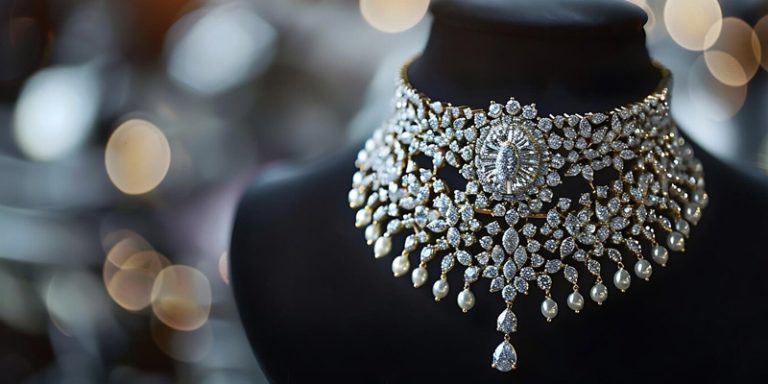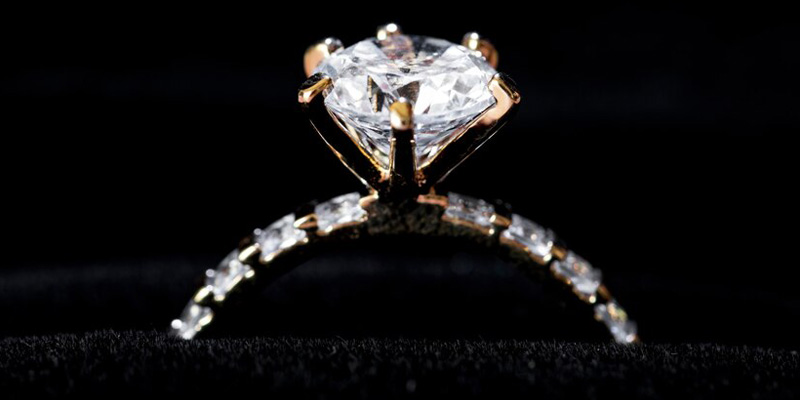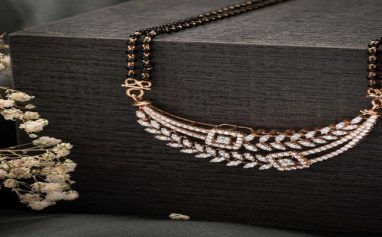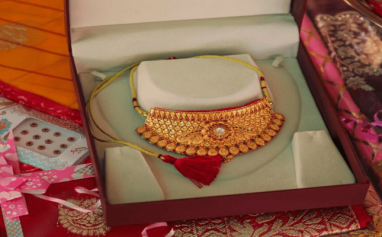
Understanding the Four Cs: A Comprehensive Guide to Diamond Quality
Introduction
Four Cs of Diamond Quality
The four Cs of diamond quality include colour, clarity, cut, and carat, which are used to establish the quality and price of a diamond. The buyer tends to give proper weightage to all four Cs of diamond quality, which determine the diamond’s beauty and value, in pursuing one or another feature (like carat size).
Carat Weight
This measures the size of the diamond. Big diamonds are scarcer, but that doesn’t mean they look better if other aspects of the stone are less good.
Cut
The quality has the biggest influence on the appearance of the final product.
Color
Colorless diamonds (graded D-F) are the most valuable on the D-to-Z color scale, as they lack noticeable color, making them more desirable.
Clarity
A diamond is more valuable if it contains fewer inclusions; inclusions can however not always be seen with the naked eye.
Understanding Diamond Grading
Diamond grading in India is carried out according to the universally recognized principles and standards but there exist certain differences as well as Indian unique grading systems prevailing in laboratories and diamond trade. India is believed to be one of the leading producers as well as exporters of diamonds; therefore grading infrastructure of diamonds is quite developed and standardized grading organizations and almost all client organizations are using international grading systems including GIA (Gemological Institute of America) and IGI (International Gemological Institute). Understanding diamond grading helps in purchasing the best diamond jewellery.
The major aspects of diamond grading in India are:
Grading Systems
In India, the most famous and well-known institutes of gem identification are the Gemological Institute of America (GIA) and the International Gemological Institute (IGI). They employ grading systems that work on four Cs of diamond quality, which are Carat weight, Cut, Color, and Clarity, and the certificates they issue of the diamond are recognized for the diamonds sold in India as well as around the world. India also has its own National Standards Body known as the Bureau of Indian Standards but as for diamonds grading normally follows international standards such as GIA or IGI.
Indian Laboratories and Organizations
IGI has numerous laboratories across India in places where the diamond business flourishes such as Surat, Mumbai, and Bangalore. It is one of the most reliable grading organizations in the country; it provides certificates that meet international standards.IGI is accepted by the majority of jewelers in India and ranks as one of the most used certifiers of diamonds in the country.
SGL also known as the Swiss Gemological Laboratory is another laboratory operating in India that sorts out diamonds according to internationally accepted standards. They also provide cut, colour, clarity, and carat weight specifications for each diamond they are selling. GIA India has significant operations in India and the reports provided by it are reckoned a lot. It is especially favored by luxury consumers because it is reliable for measuring, uniform, and has credibility

Diamond Grading Process in India
Carat Weight is determined more quantitatively with high degrees of accuracy on different kinds of scales. In the Indian subcontinent, carat weight plays a vital role in the price and size of a diamond.
Cutting quality in a diamond is judged by how symmetrical the diamond is to the other, in terms of proportions, and how polished the diamond is. Thus, though, for example, GIA possesses a very precise cut grading system, the Indian labs like IGI or SGL apply the same one placing emphasis on the fact whether the facets of the given diamond are crafted with the purpose of increasing the possibility of its brilliance.
Gemstone’s colour in India is graded by using the international scale of D to Z. Nonetheless, they can be a little more liberal on color quality and they may prefer what they consider to be a good compromise between quality and cost, which is the near-colorless gems of the DI range of G-H.
Inclusions and blemishes are recognized, and clarity is qualified using the same criteria as in the international systems as Flawless (FL) through to Included (I1, I2, I3). When pricing diamonds in India, clarity often has a significant component since most Indian buyers prefer diamonds with little or no inclusions that are visible to the naked eye. Understanding diamond grading helps you understand the qualities that you have to look for while understanding diamond jewellery.
Certification and Transparency
Currently, certificates play a significant role in the diamond industry in India so as to reduce the levels of fraud in the market. This is all the more vital in the case of India which has a very stiff market for diamonds, with hundreds of thousands of diamonds sold both in physical stores and via the Internet. A GIA, IGI, or SGL certificate should convince the buyer that all features of the diamond are properly recorded and certified.
Among identification data on a diamond, one normally finds carat weight, cut grade, color grade, and clarity grade; the inclusion plot may be included as well.
Role of Diamond Bourses
Bharat Diamond Bourse (BDB) is an international diamond trading company, based in Mumbai India. BDB is among the leading players in the diamond business. Although BDB does not become involved in grading, diamonds sold in the market through its platform usually come with an international certificate, from GIA, IGI, or SGL in this case, therefore it gives assurance to the respective buyer or seller.
Local and International Standards
In particular, Indian jewelers and wholesalers are used to buying diamonds of certain international standards. Therefore, diamonds traded by GIA, IGI, and SGL in India can be exported to other countries with similar confidence. The world standard of grading helps diamonds to be accepted globally and sustains the position of India’s diamond sector.
However, using independent laboratories is not always possible as some jewelers have their grading system for small diamonds or diamonds sold without reports differing from GIA standards. This practice is more common for low-cost diamonds and is not a deception because the main emphasis is made on cost rather than certification.
Today, the grading of diamonds in India is on par with international standards, primarily due to grading laboratories such as the GIA, IGI, and SGL established the international grading benchmark for the stones sold in India. Grading is a major part of educating consumers, based on the evaluation of the four Cs of diamond quality, which are Carat weight, Cut, Colour, and Clarity which are essential characteristics of the diamond industry. Even though India has a significant presence in the international diamond business, consumers need to know about certification and the various grading tools used to value diamonds, in particular the domestic market.
Conclusion
Selecting the right diamond jewellery can be crucial. Pay attention to the four Cs of diamond quality to pick the right diamond jewellery. As one of the best jewellery shops in Bangalore, Navrathan & Sons houses some of the best diamond jewellery available in the market







Add comment